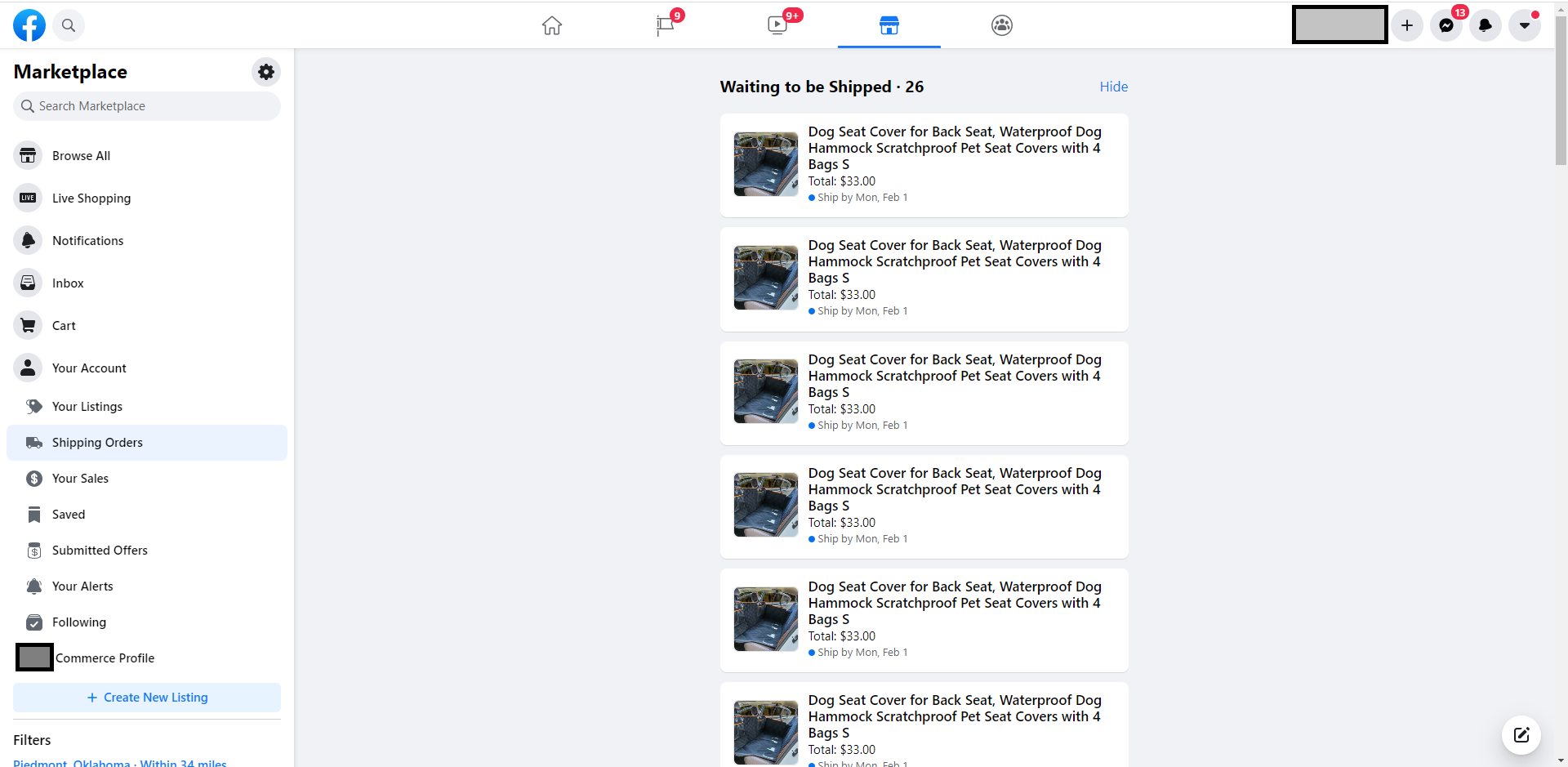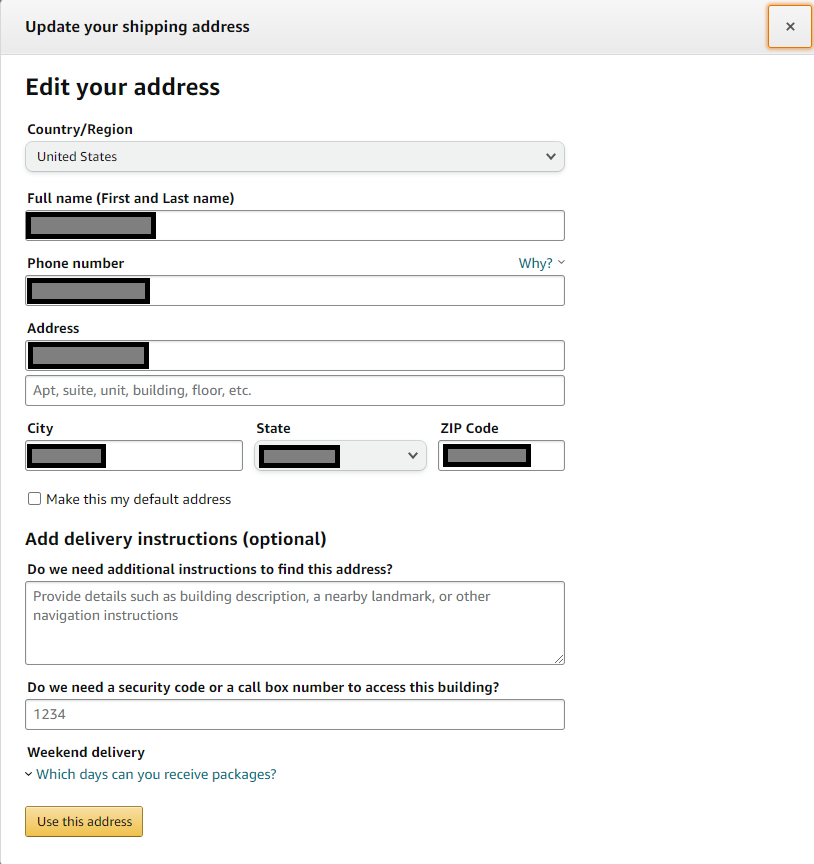Dropshipping
Dropshipping does not require a business to keep products in stock. Instead, the seller creates listings for a product, gets an order against those listings, and passes on the sales order to a third-party supplier, who then ships the order to the customer.
AutoDrop
Facebook Marketplace is an important tool for brands who are interested in selling their products to targeted audiences. People can find what they’re looking for by filtering their results by location, category, and price. Over the years, numerous individuals have shifted over to the Facebook marketplace for dropshipping. Amazon is known as the world’s largest and leading online marketplace which is widely used around the globe.
DataLime recently created a turn-key product called “AutoDrop” for a client that integrates Facebook marketplace with Amazon. Dropshipping made easier? Undoubtedly. DataLime managed to extract all vital information regarding the orders waiting to be shipped on Facebook, held them in a database, and posted those orders on Amazon. With just a click of a button, hundreds of orders can now be executed without any human interaction. DataLime managed to create the fully autonomous application in an unbelievable time span of two weeks!
The application has the capability to entertain unlimited orders and prevent any duplicate product ordering. This was accomplished by managing a complete database that holds all critical data and allows the application to get and post required information. Furthermore, there were many technical obstacles such as,
- Normally, the integration between an E-Commerce platform and standalone application is achieved through the usage of RESTful APIs. But, after analyzing the Facebook and Amazon API development guide, we found that these platforms have imposed limits on API usage. To overcome this problem, we used GUI automation to extract the orders information from Facebook Marketplace. Furthermore, we added random clicks and wait time between actions to avoid recognition of BOT activity.
- Another issue that could present itself as a bottleneck in the future is if Facebook or Amazon update their page structures. This issue was resolved using a configuration file that takes IDs and Class names as input and is read by the application in runtime. In case of any update in the page structure, the end-user would simply have to update the corresponding elements in the configuration file.
Conclusion:
As the world is moving towards modern technology during the era of Industry 4.0, cutting-edge technology of RPA must be embraced by all corporate and small businesses to get laps ahead of their competitors. To boost your productivity, contact DataLime today.



